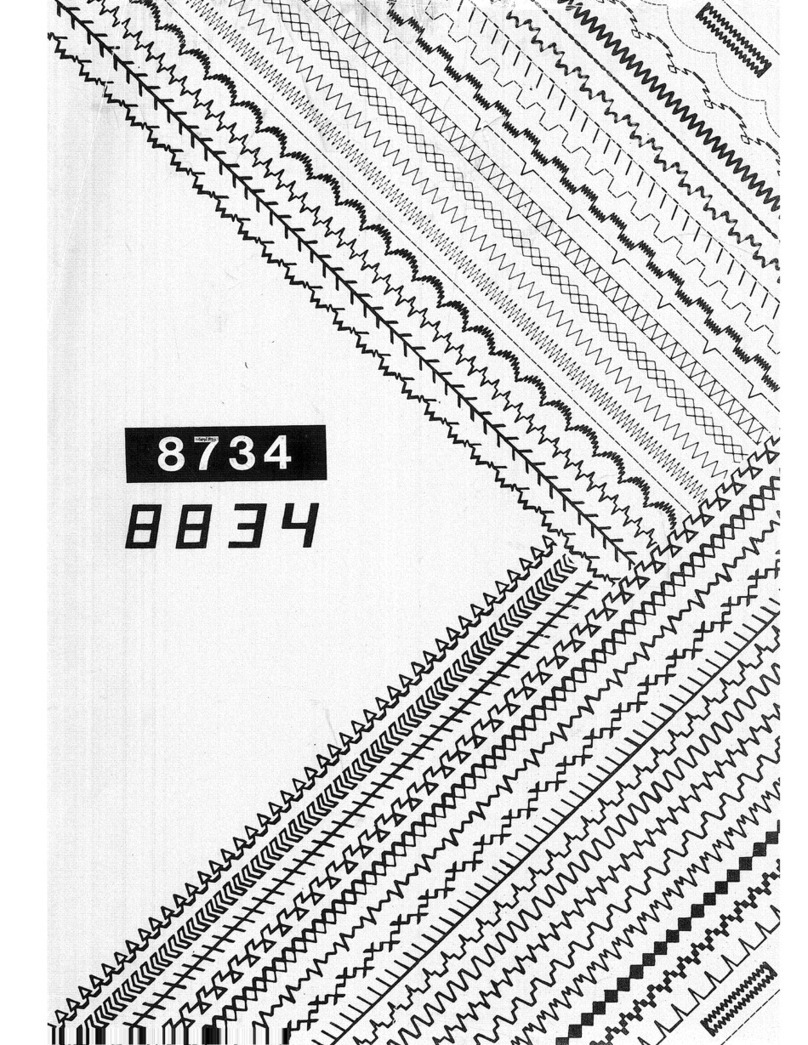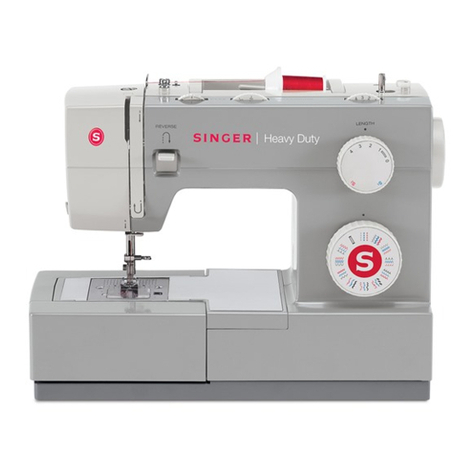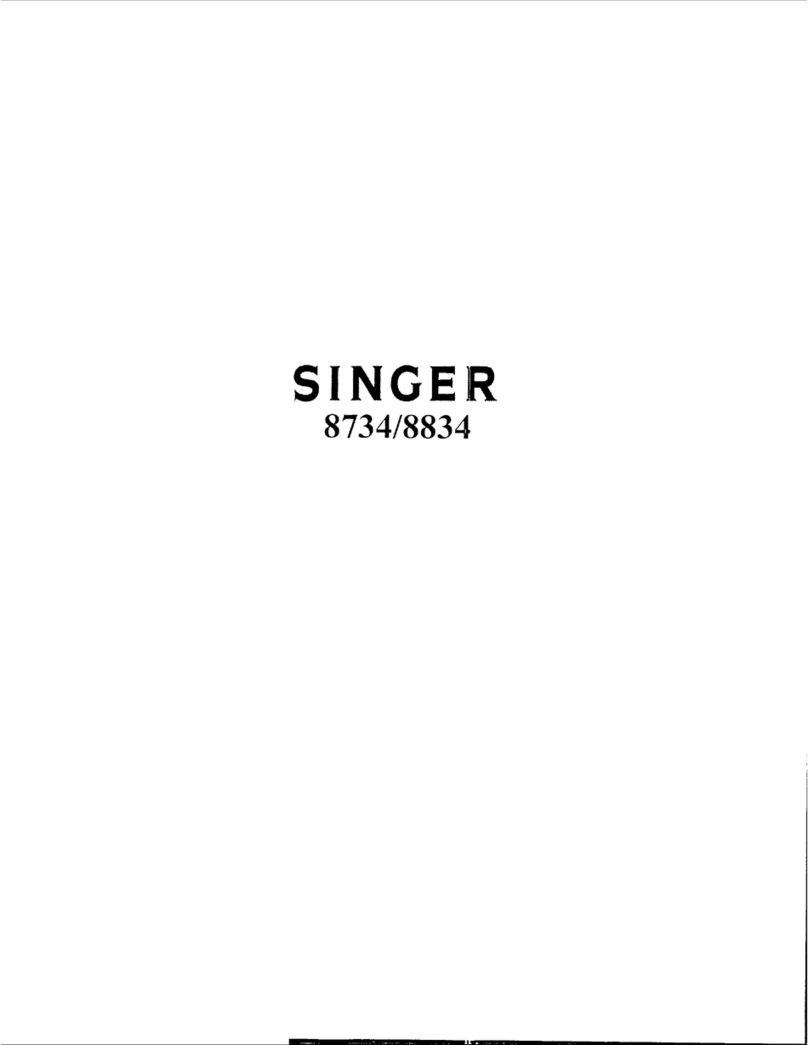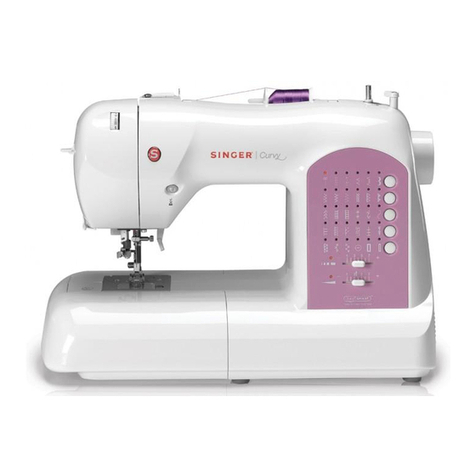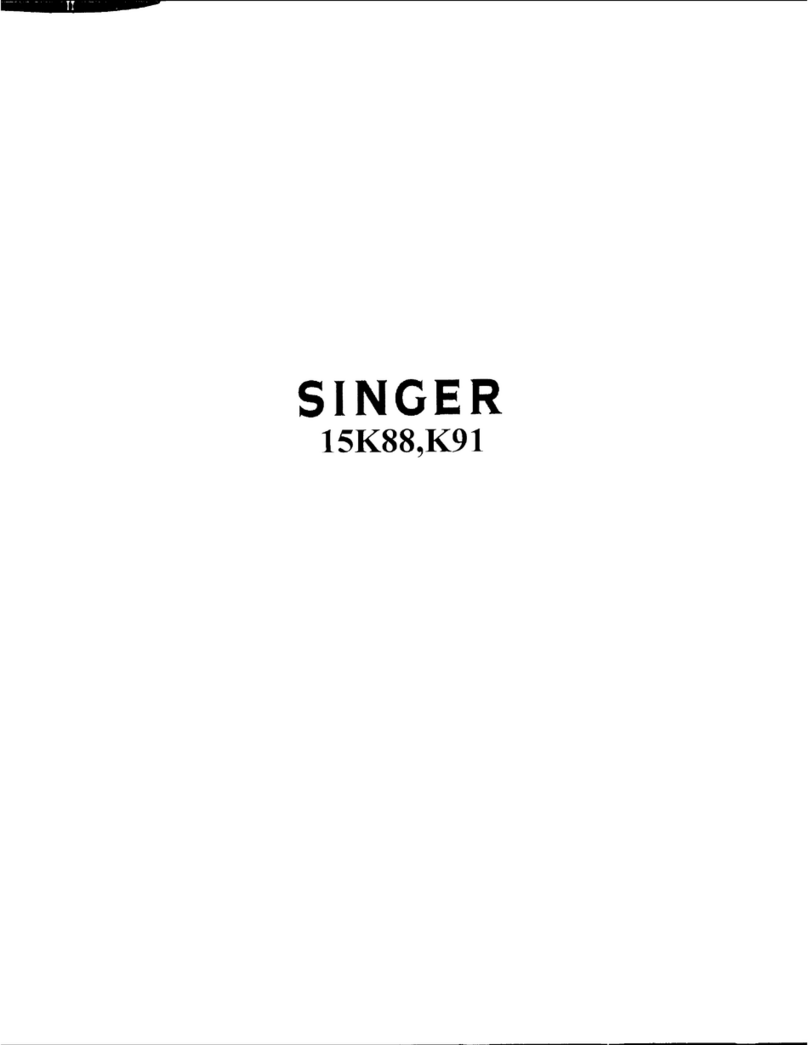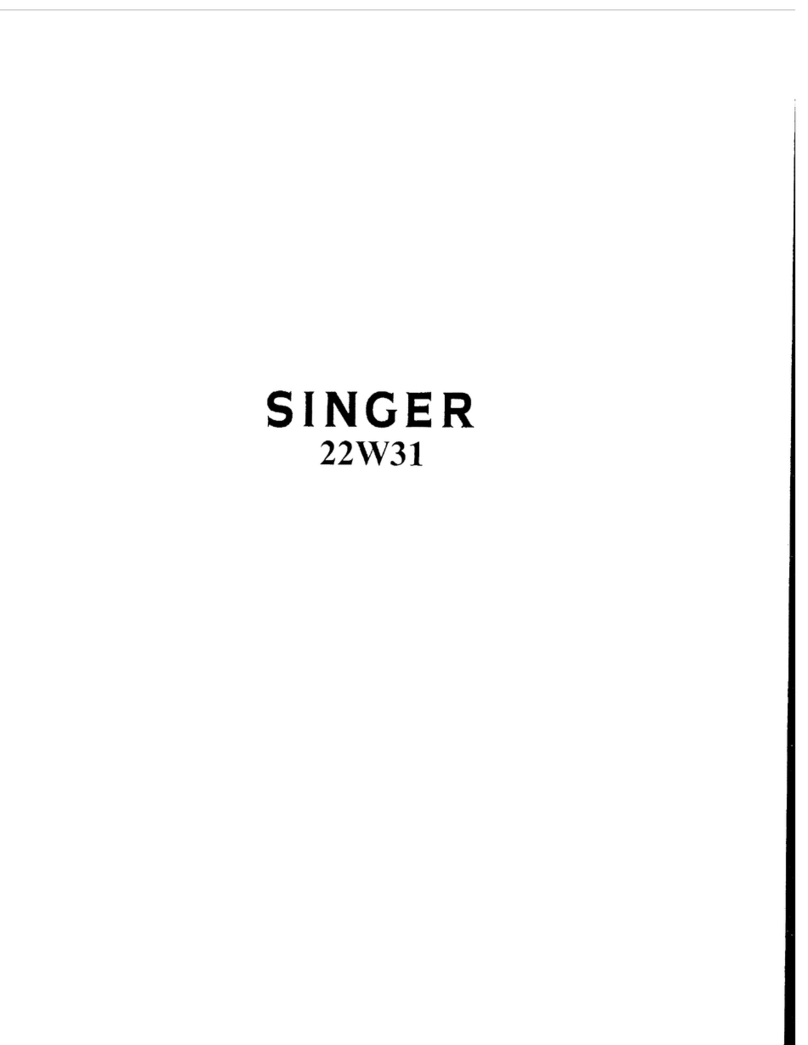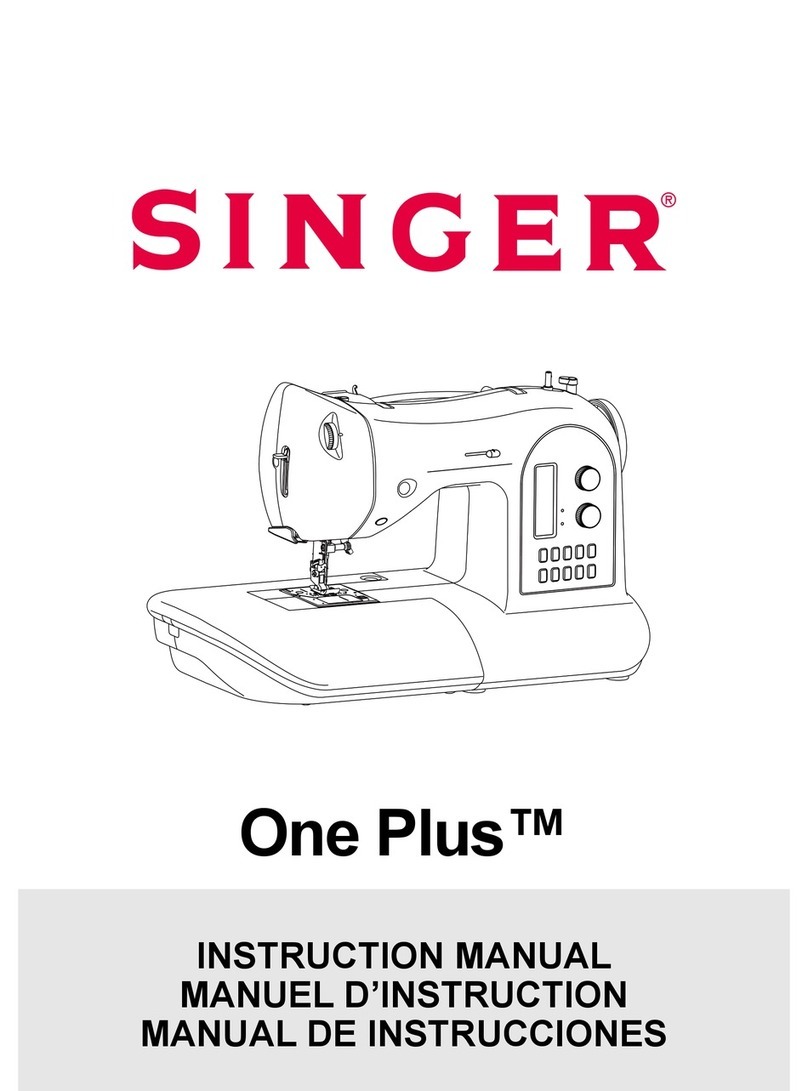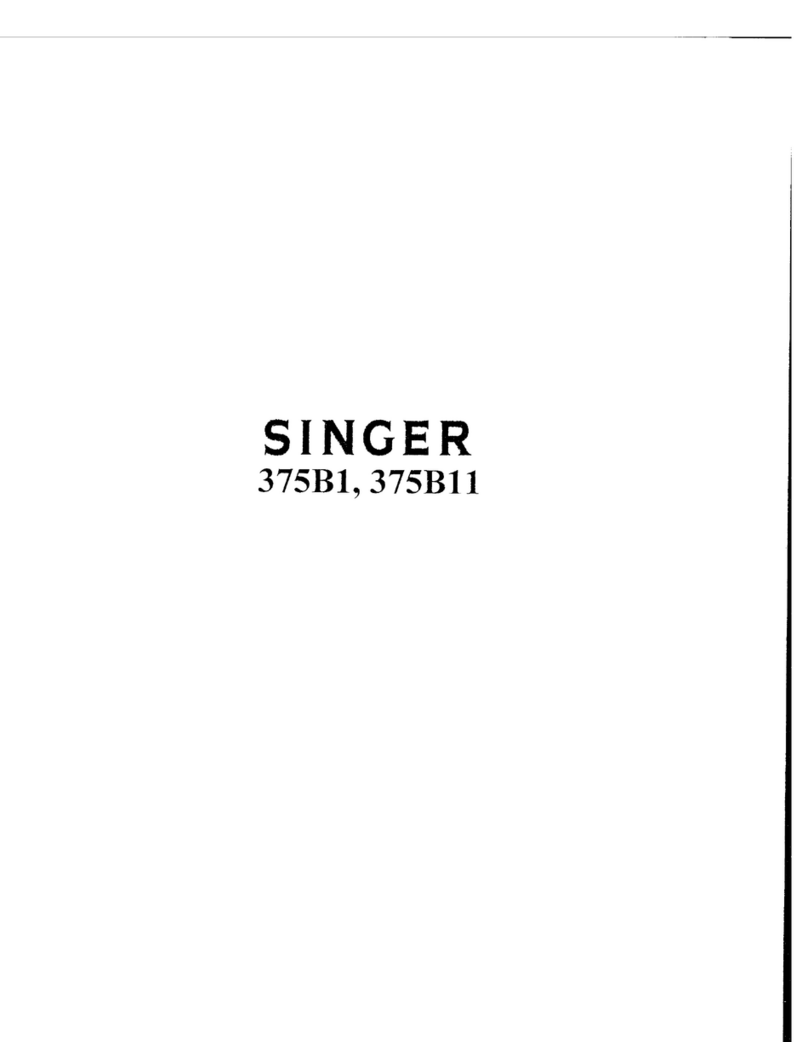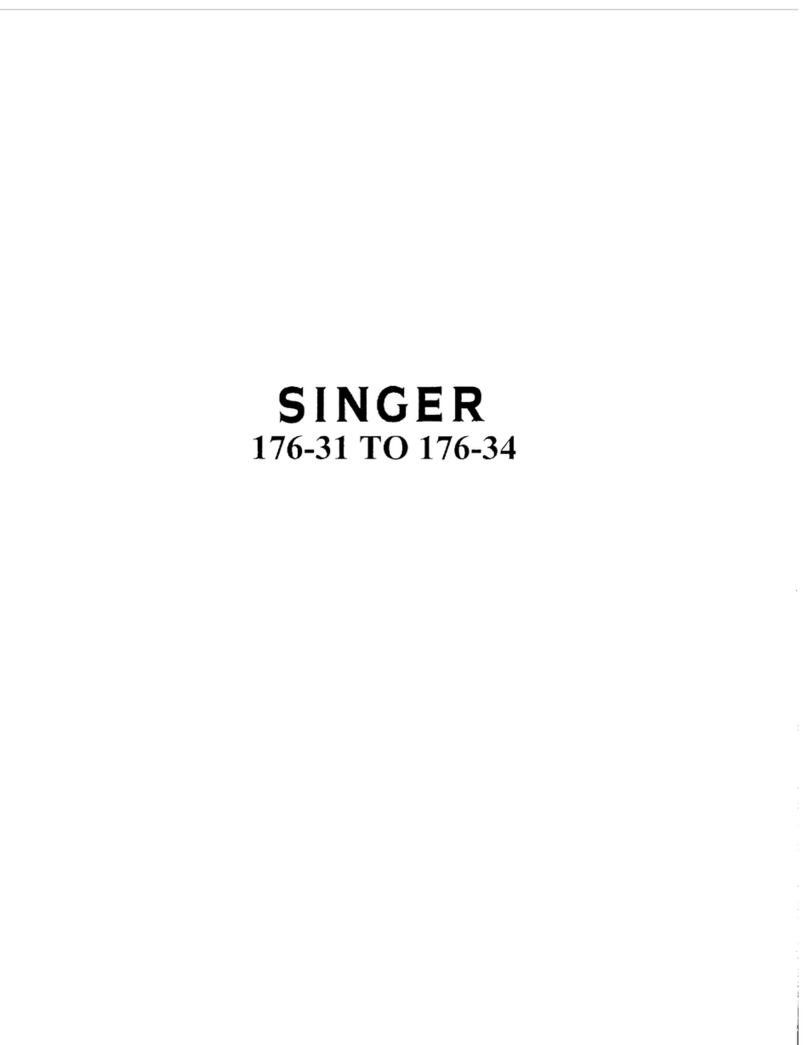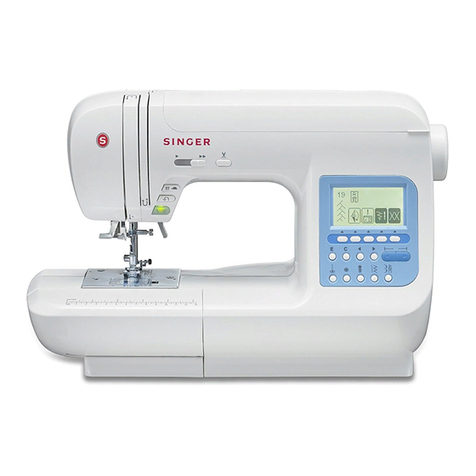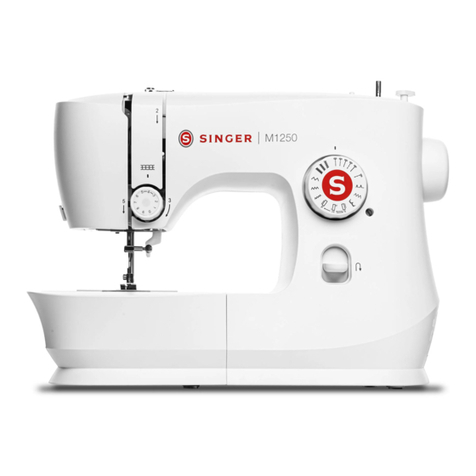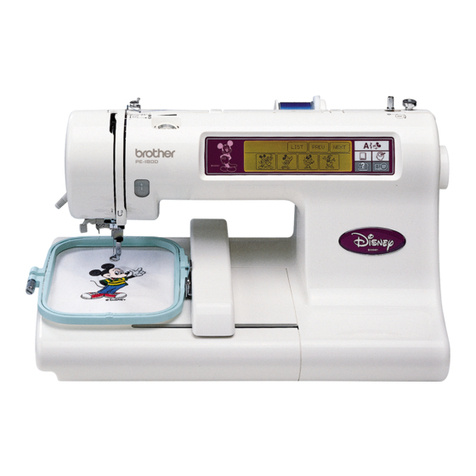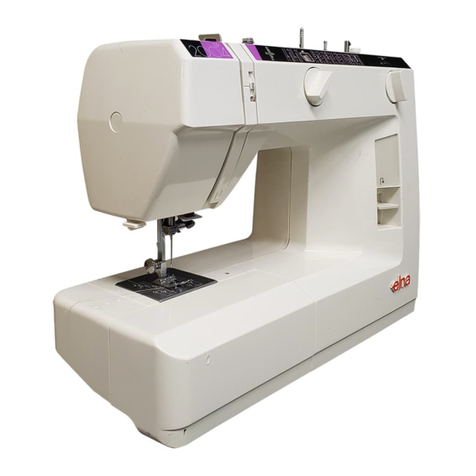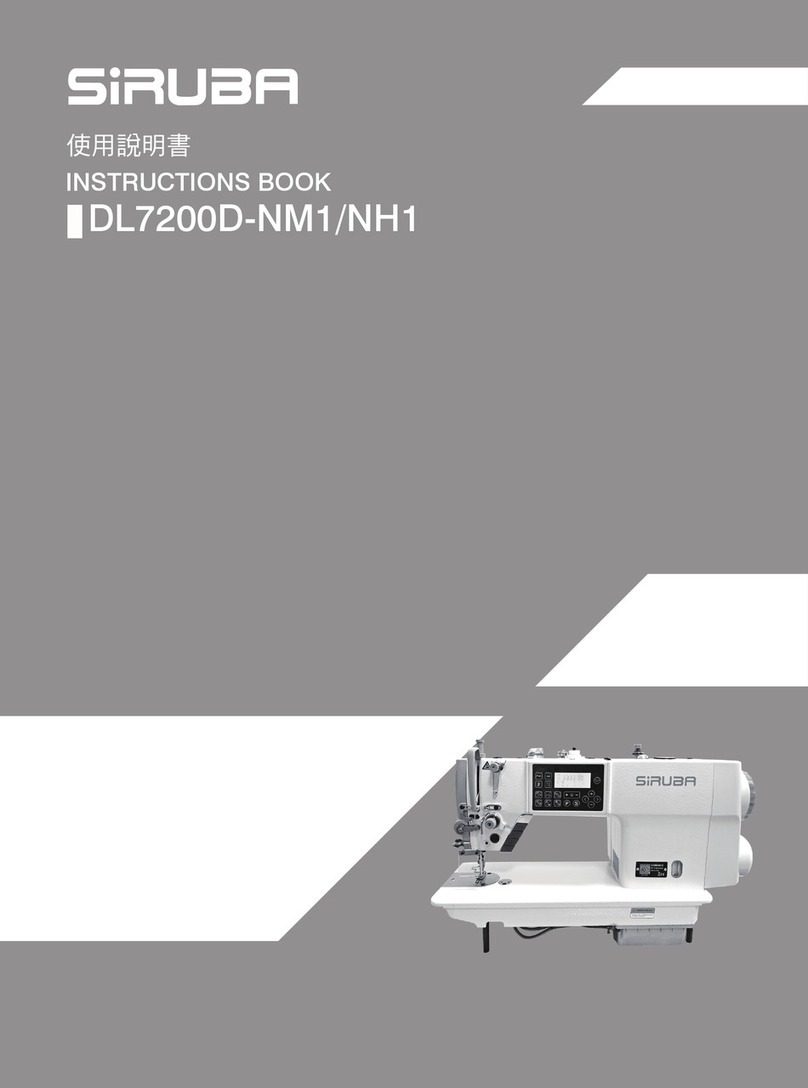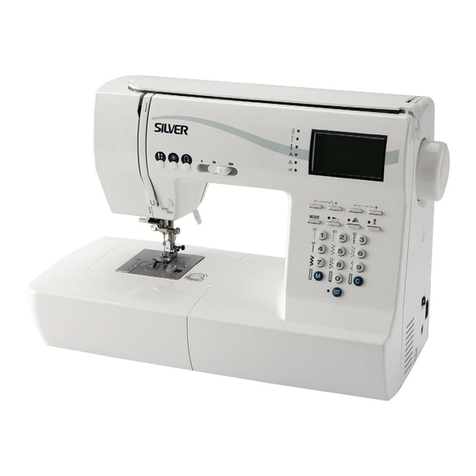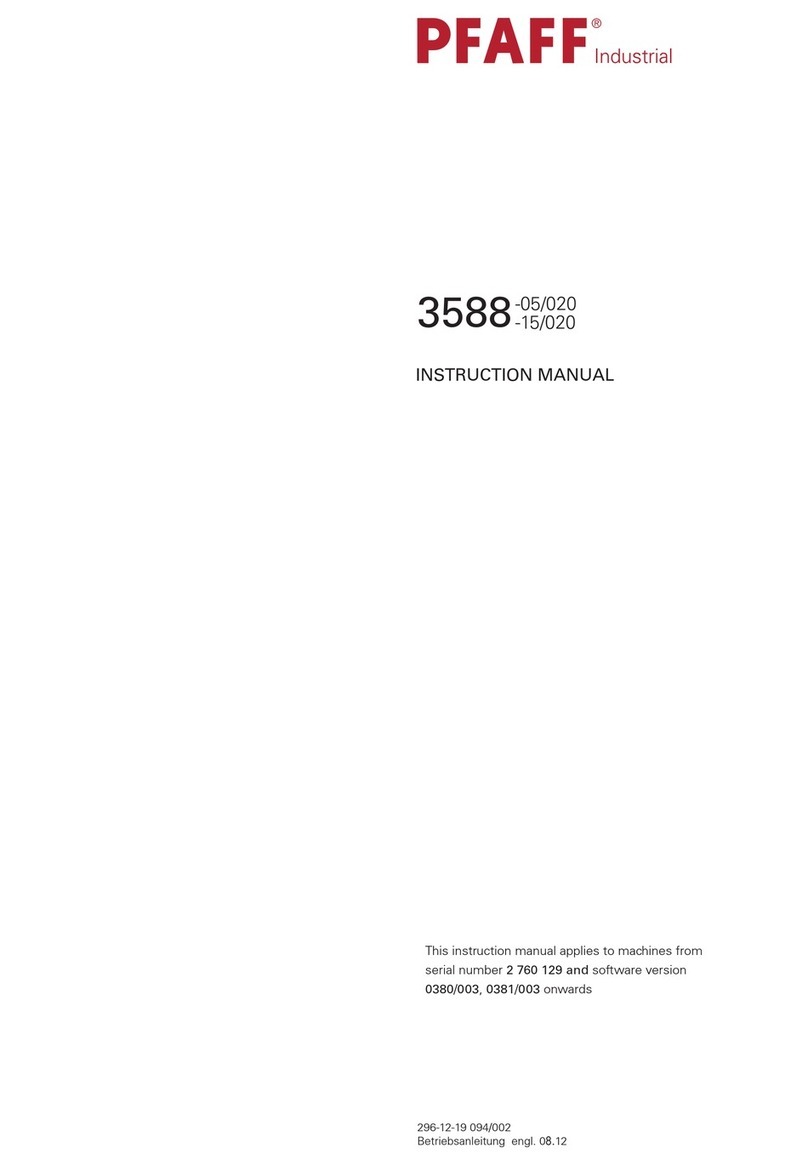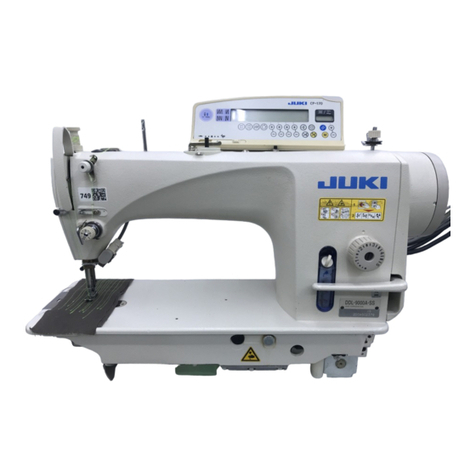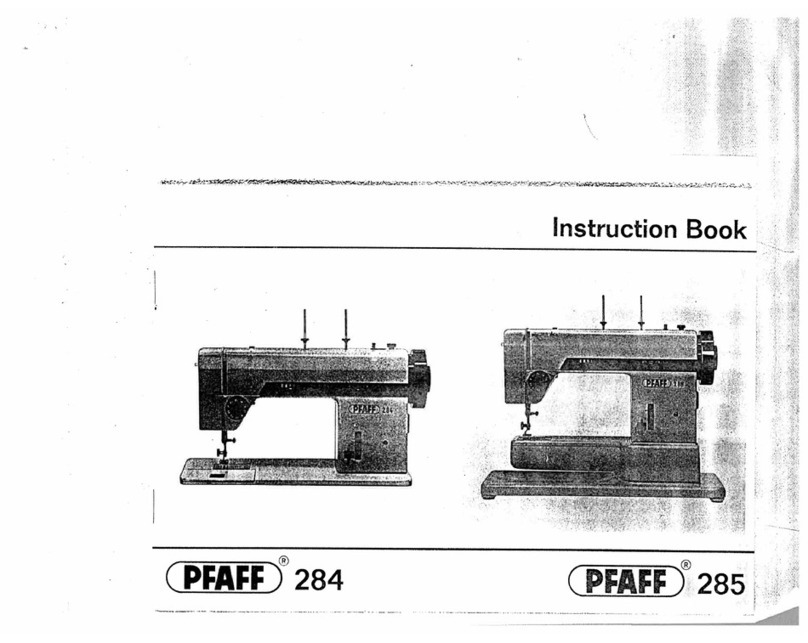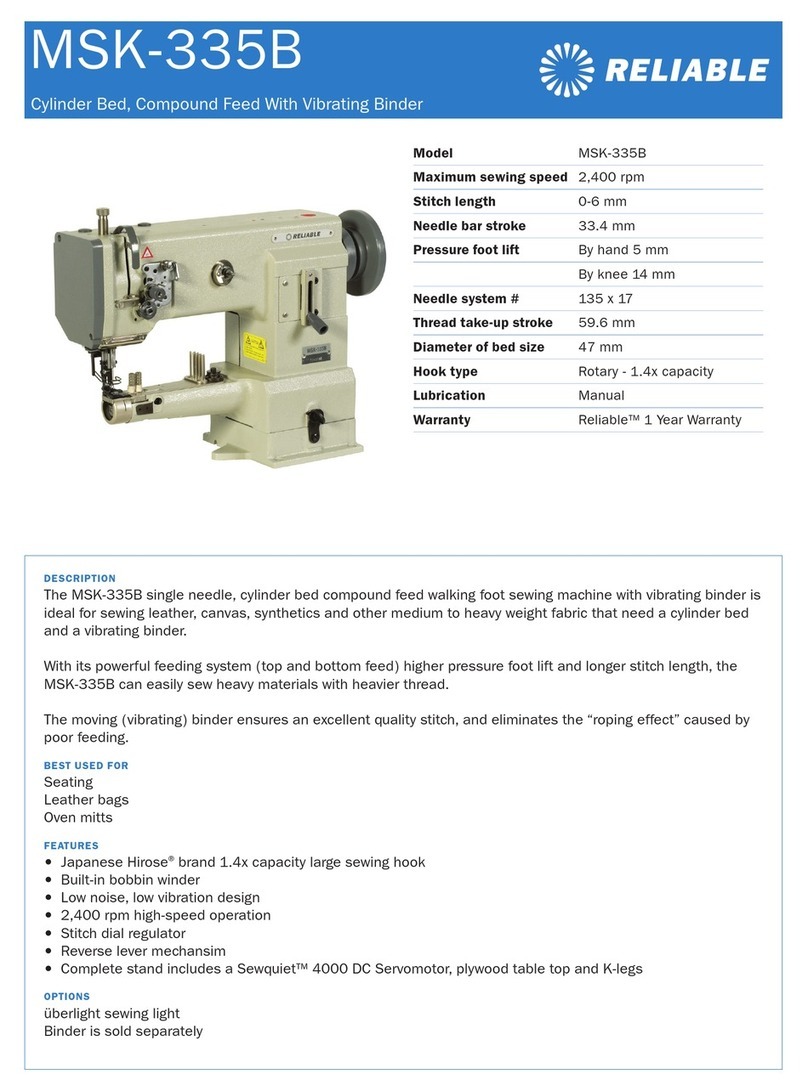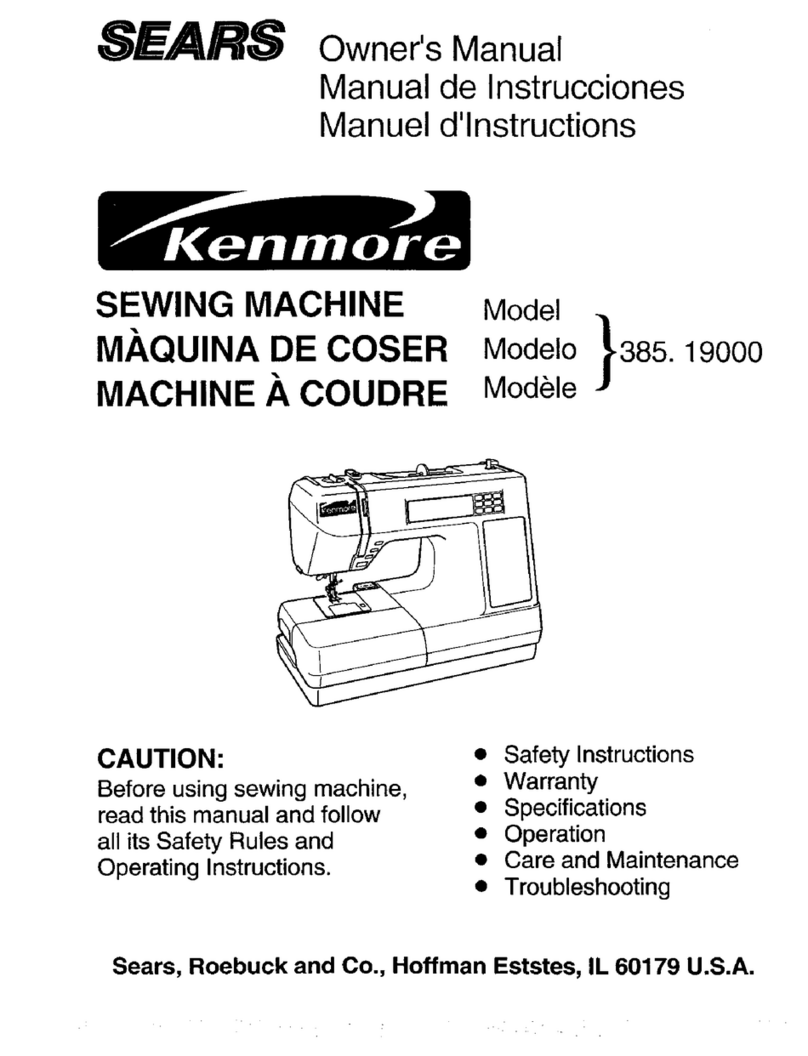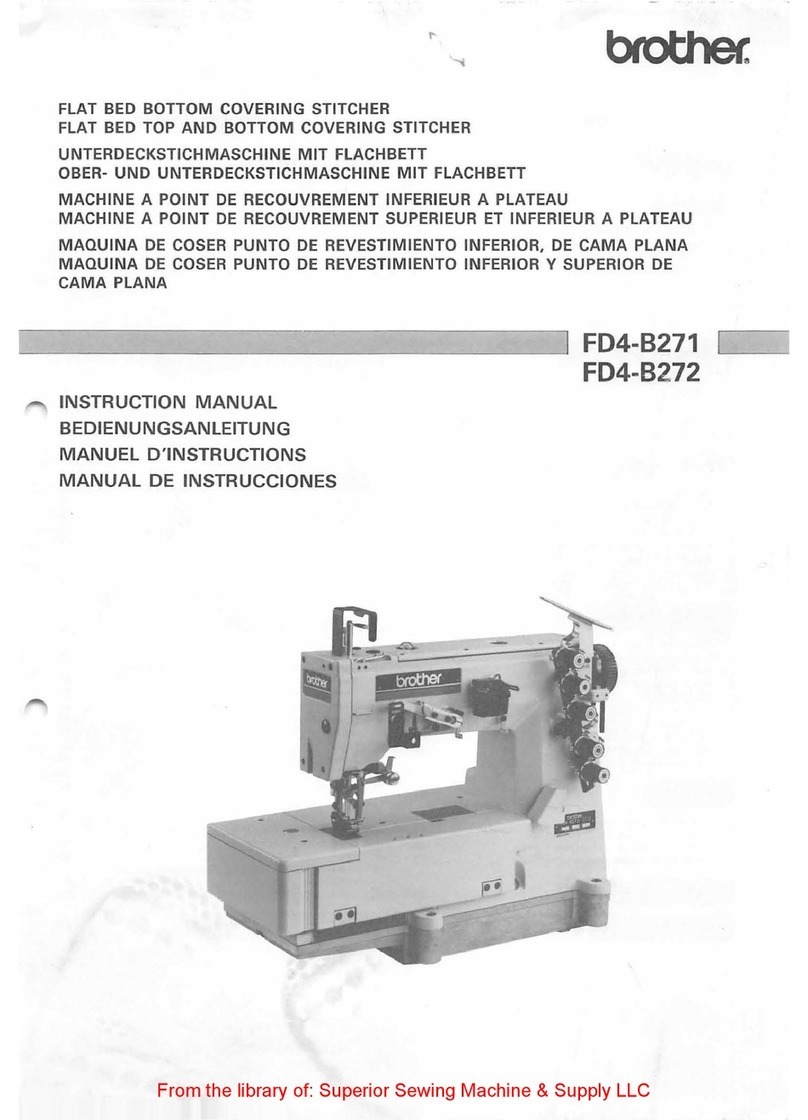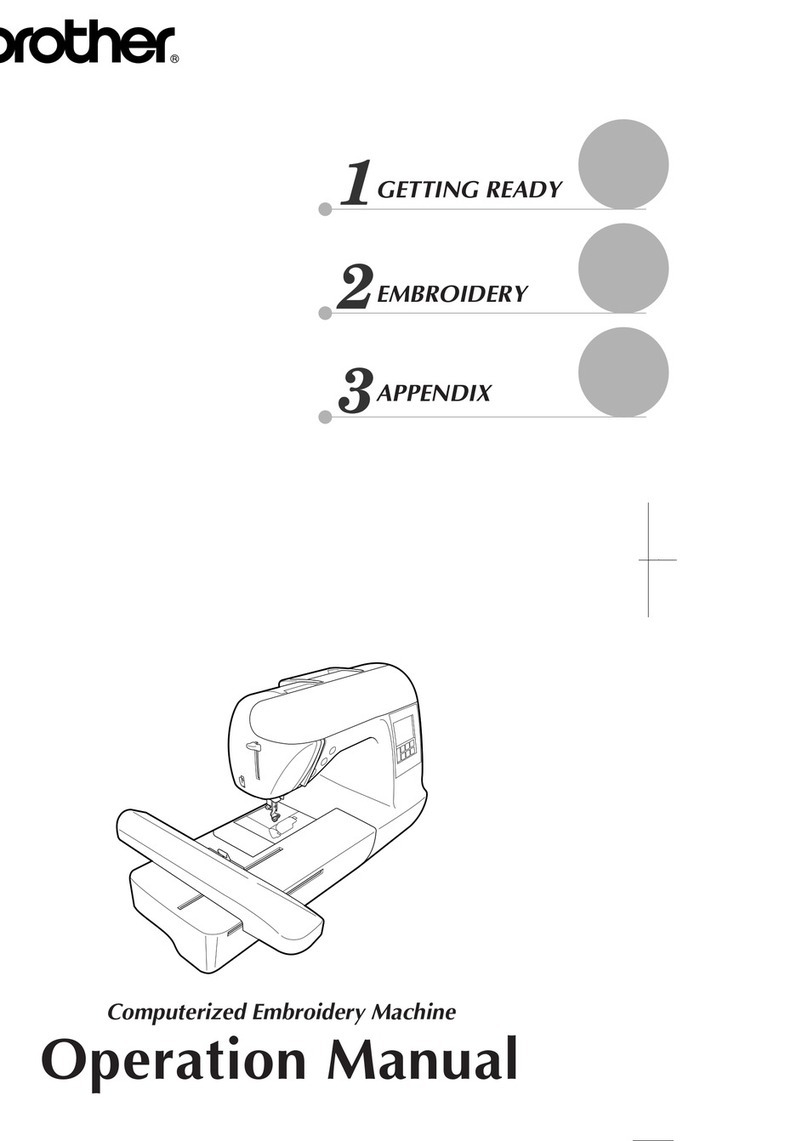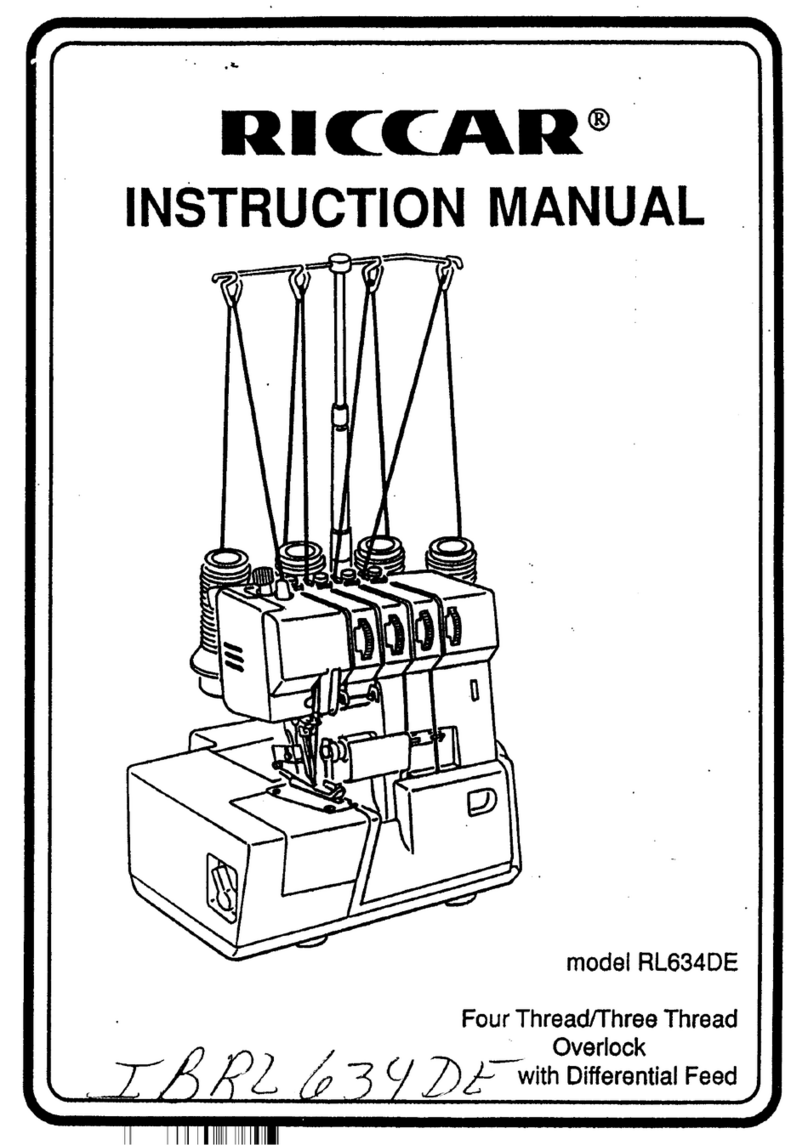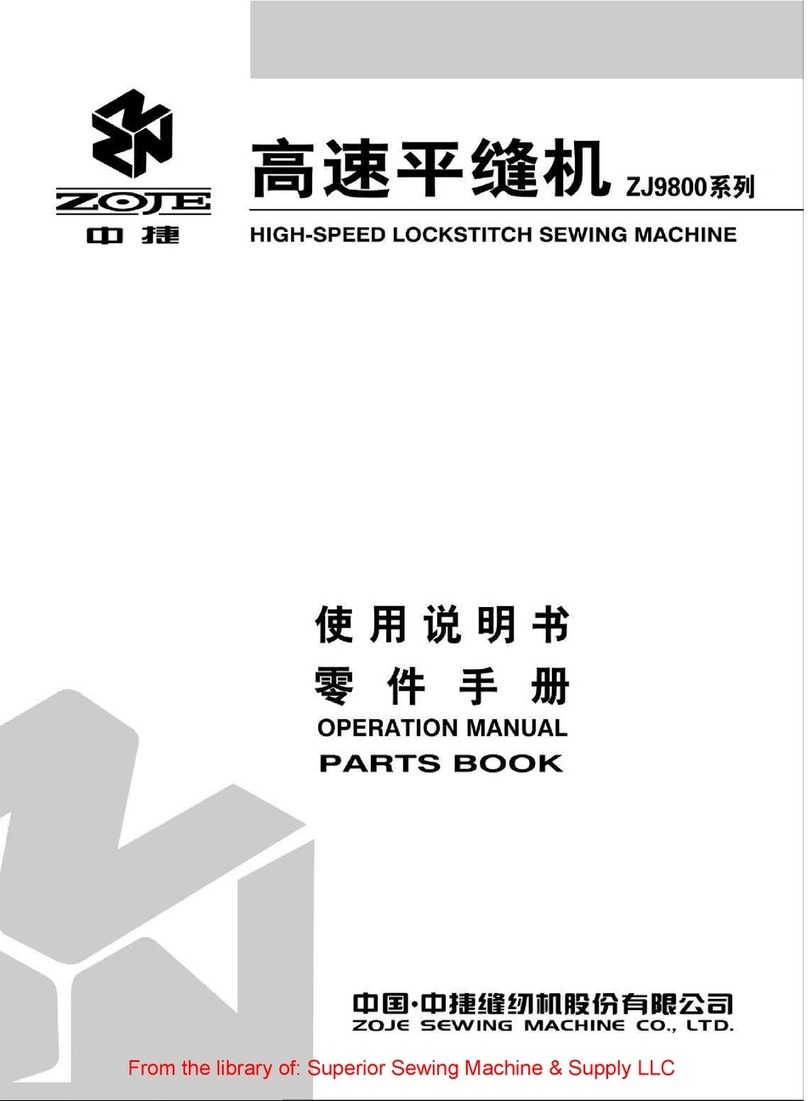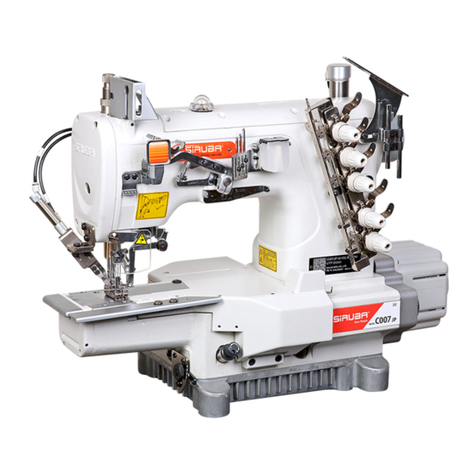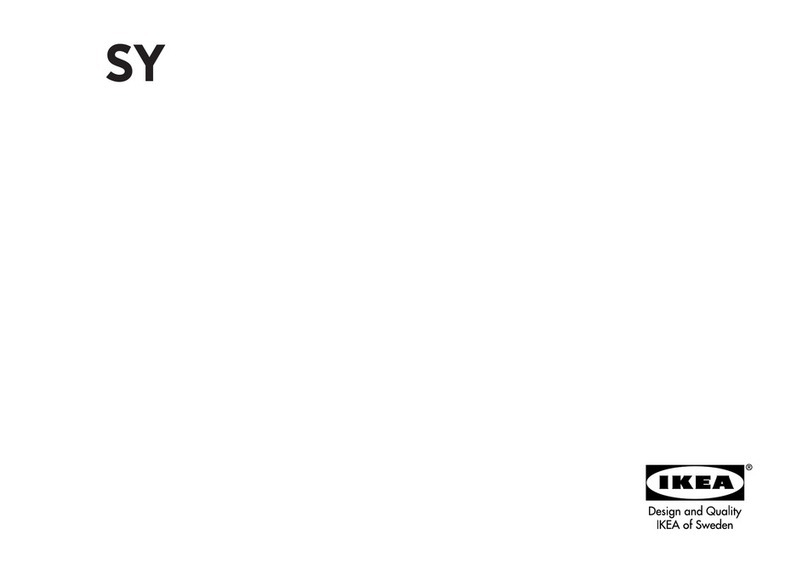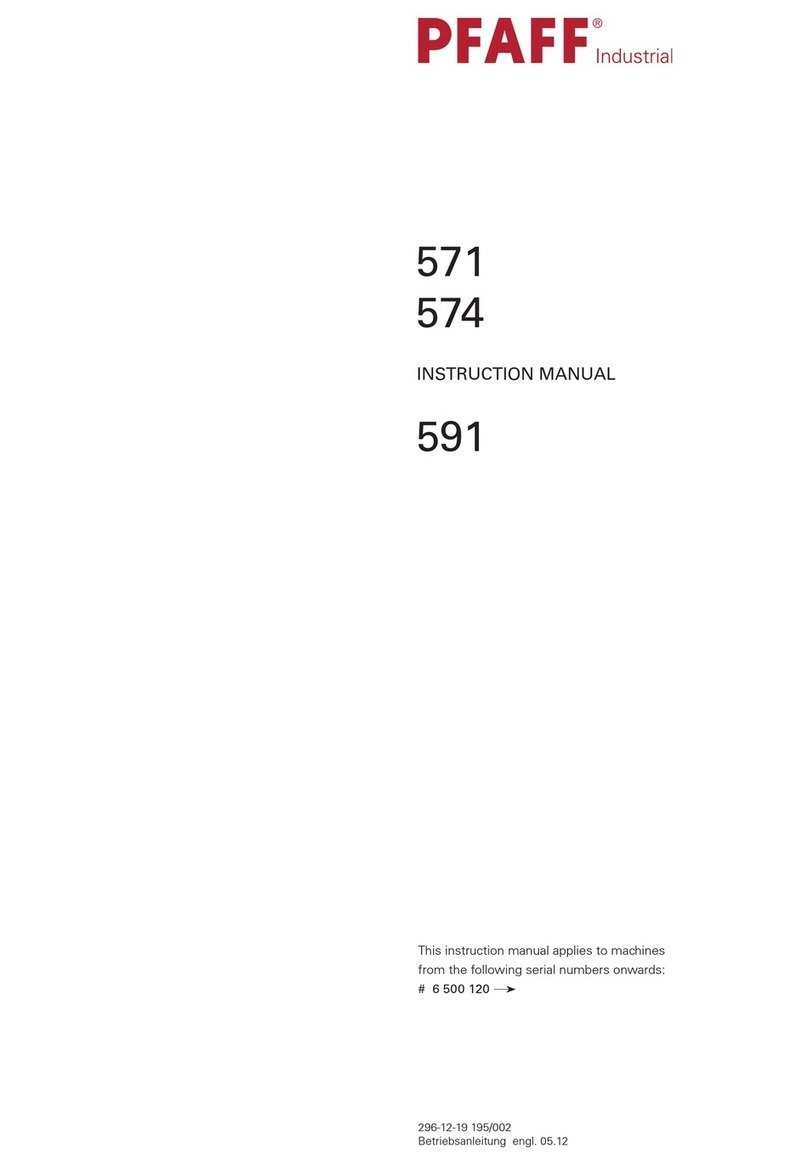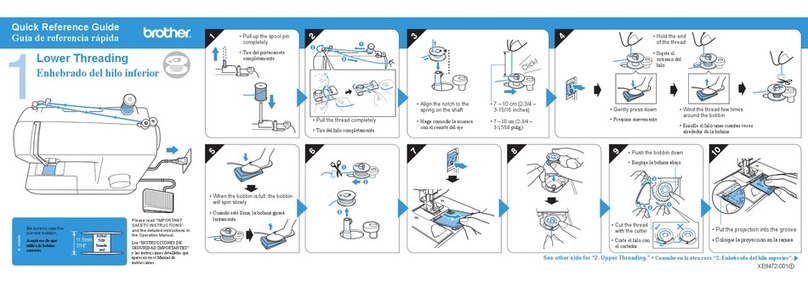Instructions
For
/\diusters
ARM
ROCK
SHAFT,
To
Remove.
.....................
.
........
....
25
ARM
ROTARY
SHAFT,
To
Remove
.................................
29,30
DESCRIPTIONS
................................................
S
FEED,
To
Time
the
Under
Feed
................................
25
To
Time
the
Upper
Feed
....................................
20
To
Adjust
Upper
Feeding
Mechanism
and
the
Amount
of
Lift
of
the
Feeding
Foot
..............................
30,31
To
Remove
Under
Feed
Mechanism
............................
28
To
Remove
Upper
Feed
Regulator
Assembly
...................
28
FEED
DOG,
To
Set
at
Correct
Height
..........................
28,29
LOOPERS,
To
Set
with
Relation
to
the
Needles
................
20
To
Change
Sidewise
Position
with
Relation
to
the
Needles..
20
To
Change
Amount
of
Needle-Avoiding
Motion
of
Loopers
.....
24
To
Time
Looper
Thread
Take-Up
.............................
26
To
Adjust
Looper
Thread
Take-up
Stripper
..................
2o
To
Remove
Looper
Mechanism
................................
27
NEEDLE
BAR,
To
Set
at
Correct
Height
........................
21
NEEDLE THREAD
TAKE-UP,
To
Set
...............................
22
NEEDLE
THREAD
TENSION
RELEASER,
To
Adjust
...................
23
NEEDLE
GUARD,
To
Set
..........
.
.............................
29
SETTING
UP
MACHINES
.........................................
5
THREAD
22
To
Adjust
Slack
Thread
Regulator
..........................
To
Adjust
Auxiliary
Thread
Take-Up
..........
.
.............
22
To
Adjust
the
Automatic
Thread
Nipper
.....................
23
Under
Thread
Rotary
Take-Up
Guard
.........................
:6
To
Time
the
Looper
Thread
Take-Up
.........................
6
To
Adjust
Looper
Thread
Take-Up
Stripper
..................
26
To
Set
the
Needle Thread
Take-Up
..........................
22
To
Adjust
the
Needle
Thread
Tension
Releaser
..............
23
DESCRIPTIONS
AMCHINE
147-88
has
one
needle
and
one
looper,
and
is
designed
for
stitching
Cloth
or
Leather,
Work
Gloves,
Trousers,
Mattresses
and
for
Binding,
Welting,
etc.
It
has
a
plain
vibrating
presser
foot
and
drop
feed,
with
in-
dependent
upper
feed
to
work
in
unison
with
the
lower
feed.
MACHINE
147-110
has two
needles
and
two
loopers,
and
is
de-
signed
ror
stitching
Automobile
Seat
Covers
and
Weather
Stripping,
for
Yoking
Work
Shirts,
for
seaming
Overalls
and
WOIu<
Pants,
binding
Blankets,
attaching
Zippers,
etc.
It
is
furnished
in
gauges
from
3/32
to
3/8
inch.
It
has
a
plain
vibrating
presser
foot
and
drop
feed,
with
in-
dependent
upper
feed
to
work
in
unison
with
the
lower
feed.
MACHINE
147-111
is
the
same as
Machine
147-110
except
that
it
has
the
needles
in
reverse
position,
this
arrangement
being
pref-
erable
for
certain
operations
such
as
attaching
Leather
Palms
to
Cotton
Work
Gloves,
etc.
SPEED
The
S peed
is
3800
R.P.M.
For
the
first
few
days
the
machines
should
be
driven
at
less
than
the
maximum
speed,
after which
they
can
be
driven
up
to
the
maximum
speed
or
3800
R.P.M.
To
Set
Up
the
Machines
Before
placing
the
machine
on
the
iron
base,
see
that
the
rubber
insulating
bushings
are
in
place
in
the
four
holes
in
the
machine
bed,
and that
the
four
felt
pads
are
over
the
studs
in
the
c orners
of
the
base.
Place
the
machine
on
these
pads,
and
with
the
four
studs
through
the
rubber
bushings.
CAUTION
-
After
setting
up
the
machine,
do
not
start
it
until
it
has
been
oiled
as
instructed
on
pages
6,
7
and
8.
